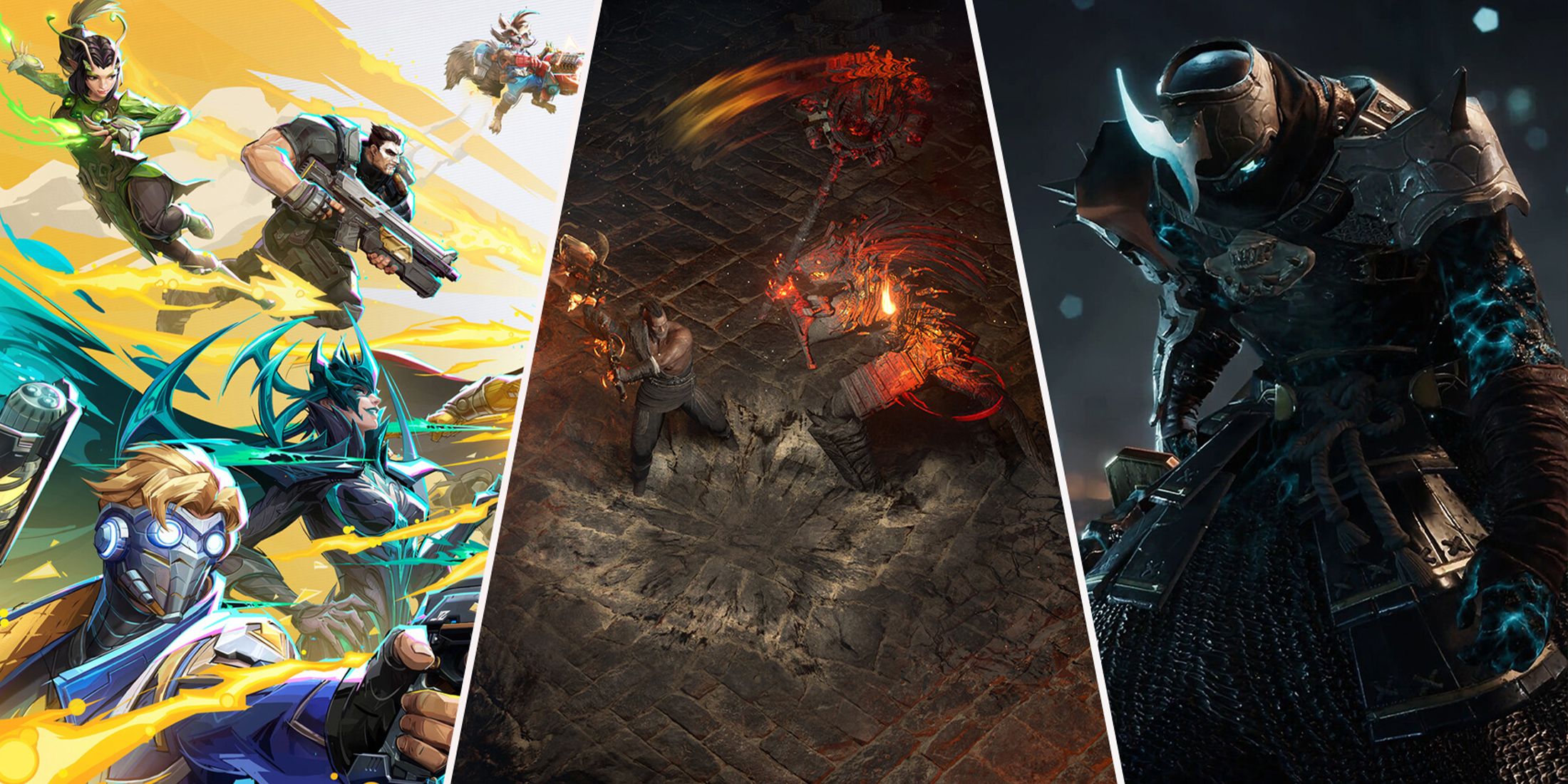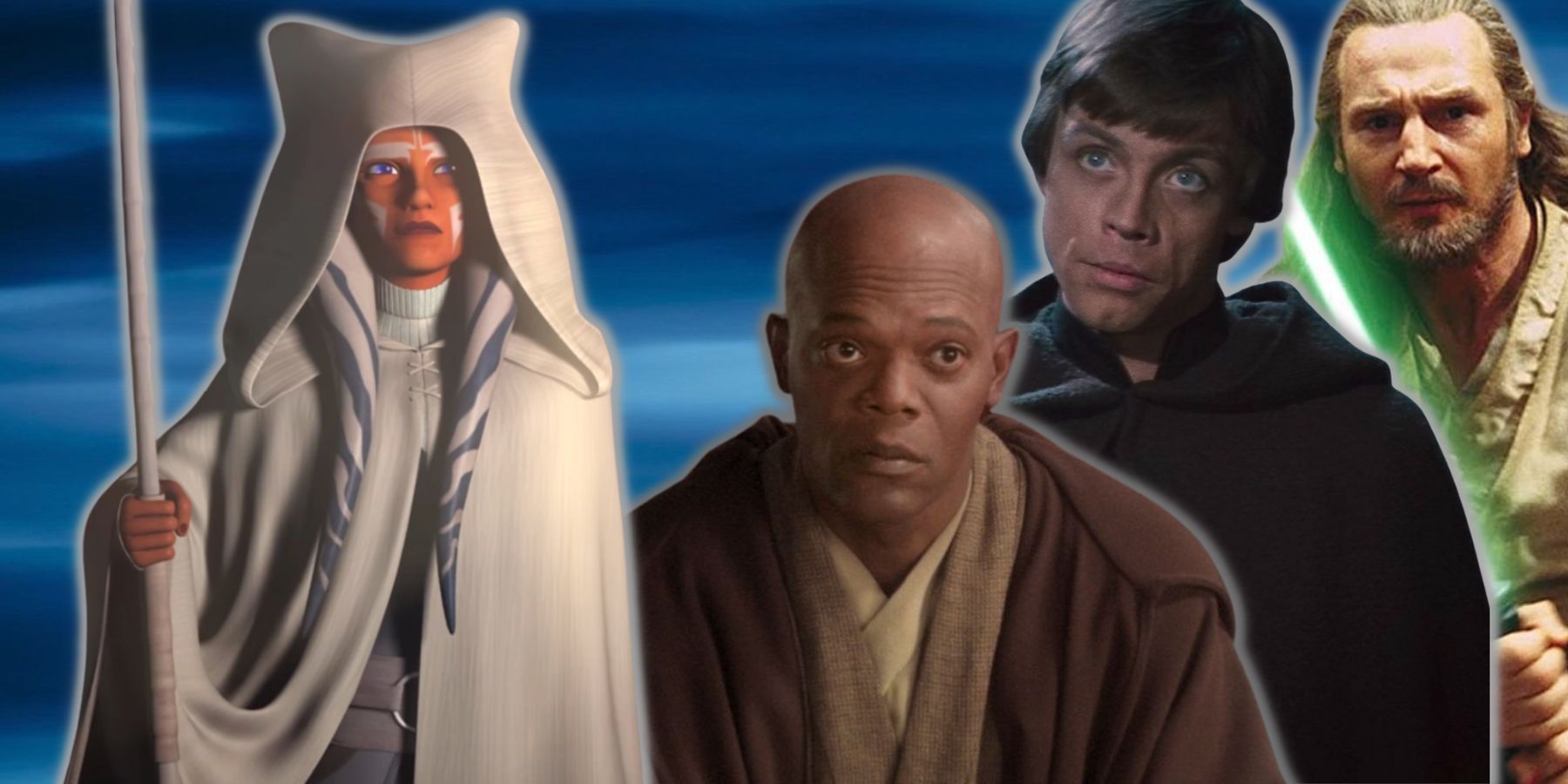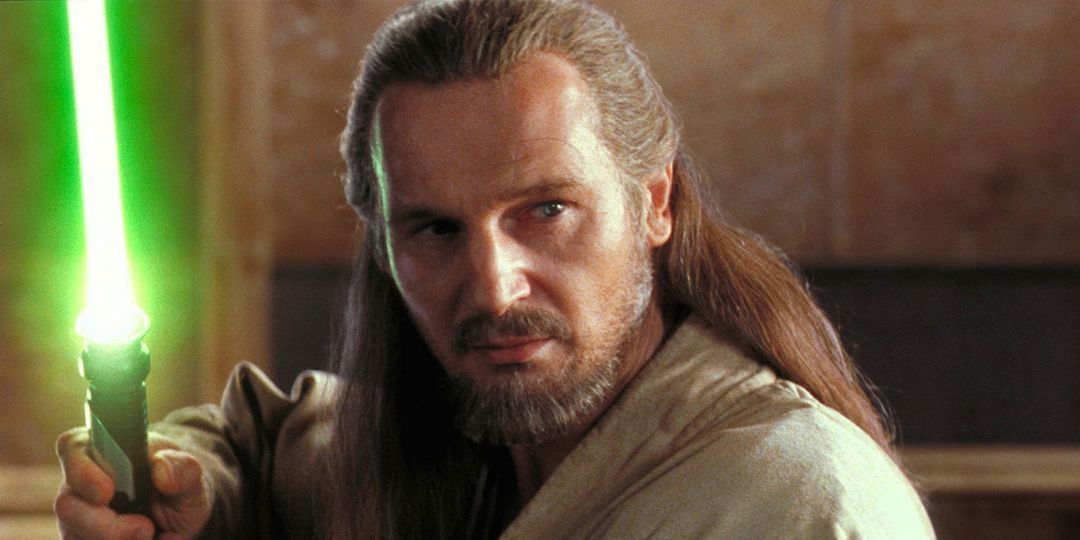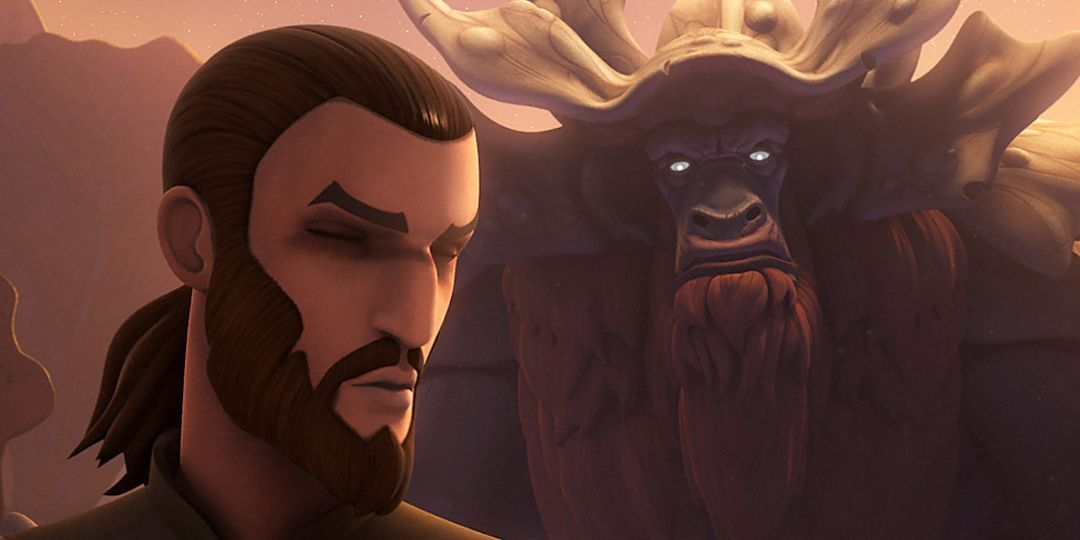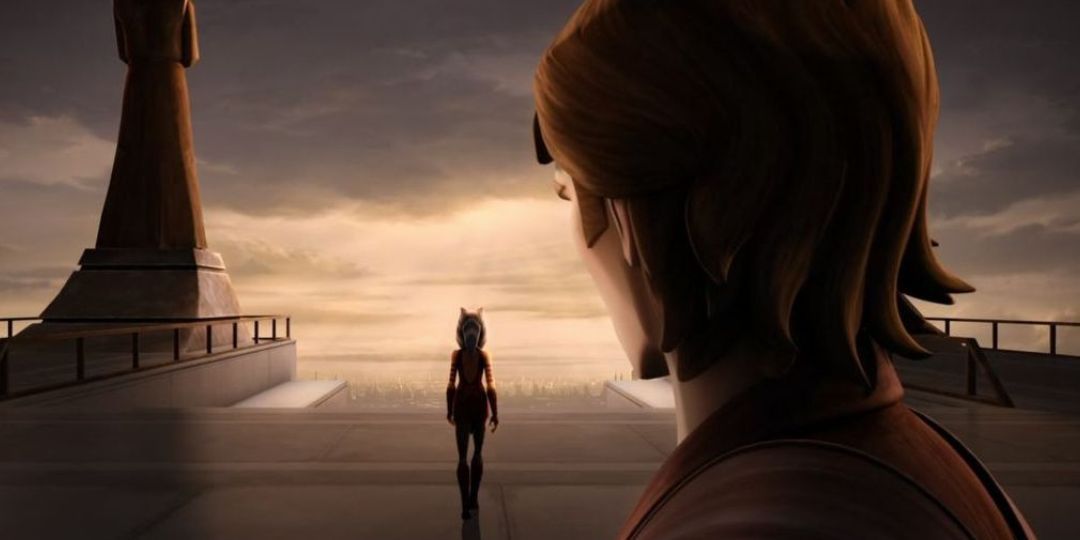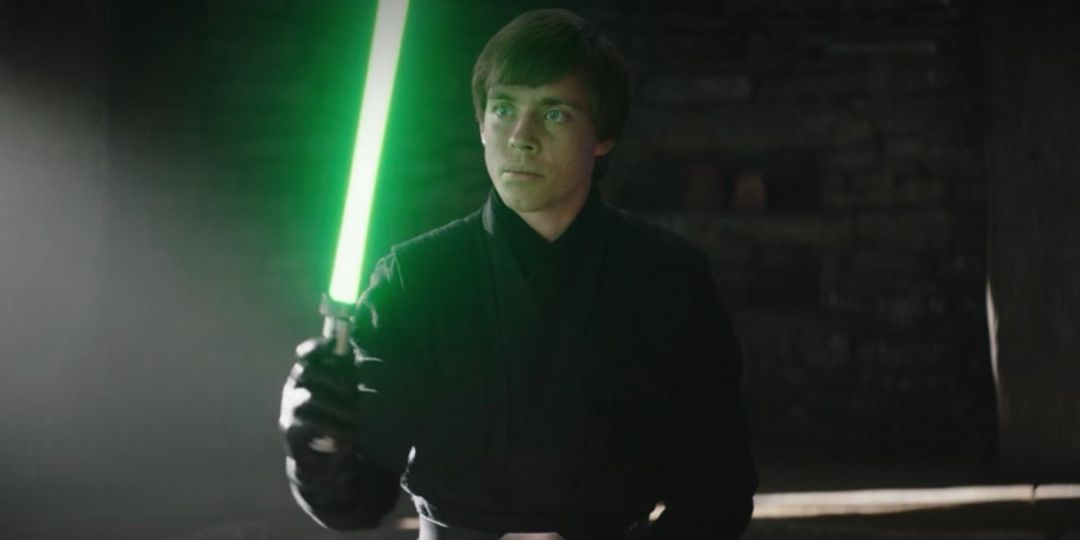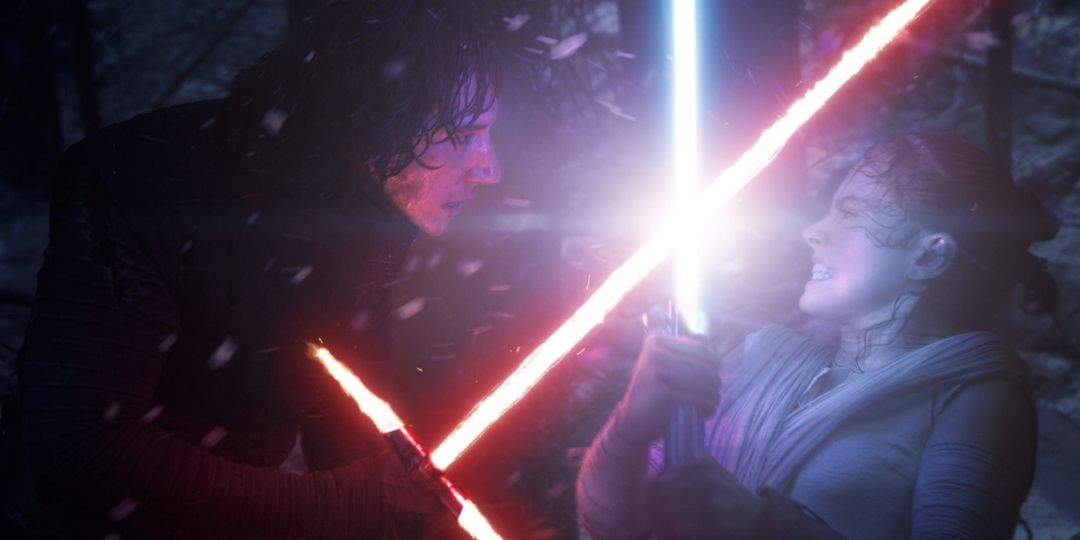Star Wars fans who spend their time scrolling through Wookieepedia or swapping fan theories about The Mandalorian often encounter some interesting fandom terms, like Gray Jedi. When Disney added Lucasfilm to its brand, creatives decided to create more space for original stories and characters by ret-conning much of the existing Star Wars lore. While the three original films, prequel trilogy, and series like Star Wars: The Clone Wars remained canon, other media (namely books and games) that had been considered expanded universe (EU) content were labeled as non-canonical.
In the canon Star Wars timeline, the periods of time stories are set in include: The High Republic era, the Fall of the Jedi, the Reign of the Empire, the Age of the Rebellion, the New Republic, and the Rise of the First Order. Everything outside this timeline is considered Legends. Put simply, if something happened in a book that’s now labeled Legends, don’t assume it holds true in the canonical Star Wars universe.
That brings the conversation back to the term Gray Jedi. Over the course of Star Wars history, the term has been used to describe Jedi Knights who follow their own ambitions, even against the Jedi Council’s wishes (think: Qui-Gon Jinn) as well as Force-sensitives who dabble in both the Light and Dark sides of the Force, as in the 2003 RPG Star Wars: Knights of the Old Republic. So, what is a Gray Jedi, and can fans expect the term to be used in future canonical Star Wars releases?
What Makes A Gray Jedi?
In Legends material, Force-sensitives described as Gray Jedi often fall into one of two camps. First, there are maverick Jedi. These Knights are part of the Jedi Order, but disagree with either the Jedi Council or various traditions. The Jedi have been described by George Lucas as “warrior-monks who keep peace in the universe,” and who only resort to violence when there’s no other option. As evidenced by the tragedy of Anakin Skywalker, the Jedi Order forbids personal attachments, too.
Above all else, the Order prizes the wisdom of the Jedi Council. Knights and Masters alike are expected to obey Council’s decisions. Sometimes, Gray Jedi receive the moniker because they don’t follow the traditional Jedi ways to the letter, or because they don’t always obey the instructions of the Jedi Council. A great example of this behavior can be seen in Qui-Gon Jinn. Despite being a revered Jedi Master, Qui-Gon disobeys the guidance of the Council, certain that he should train Anakin Skywalker in the ways of The Force. In material that is now considered Legends, Qui-Gon is even described as a Gray Jedi.
Additionally, the term has also been applied to Force-sensitives who aren’t affiliated with the Light or Dark side of the Force. Quite literally, these Gray Jedi don’t see things in black and white, or light versus dark. Instead, they find a state of balance by utilizing the light and dark sides of the Force. Arguably, those in the Jedi Order lack the balance and perspective of those who walk between the opposing sides of the Force.
Are Gray Jedi Canon?
The term “Gray Jedi” is not canon. After Disney’s acquisition of Lucasfilm, the studio created a department called the Story Group. Tasked with maintaining the canon (and timeline) of the Star Wars franchise after its pre-Force Awakens partial reboot, the Lucasfilm Story Group often has final say over content. Star Wars Lore Advisor Pablo Hidalgo has stated on several occasions that Gray Jedi are not canon. The term likely persists because fans don’t have a canon term to describe Force-sensitives who behave as Gray Jedi.
That said, the Legends term of Gray Jedi remains in use. As for finding balance in using both the Light and Dark sides of the Force, the Lucasfilm Story Group insists that dabbling in both doesn’t inherently give one balance. Instead, they assert that utilizing the Dark Side makes it impossible for one to achieve balance, as the Dark Side corrupts and destroys — period.
A wise Jedi once said that only Sith deal in absolutes — a statement that itself deals in absolutes. There will always be moral gray areas and liminal spaces. But for now, it seems that the term Gray Jedi won’t be adopted by the Star Wars canon anytime soon.
Is Ahsoka Tano A Gray Jedi?
Toward the end of the original run of Star Wars: The Clone Wars, Ahsoka is framed for a crime she didn’t commit. Despite her claims of innocence, the Jedi Order (aside from Anakin) turns its back on her. When she’s cleared of all charges, the Jedi Order finds it difficult to admit to being so wrong. While Anakin says Ahsoka can return to the Jedi Order and continue her training, the former padawan decides to walk away from the Jedi entirely.
For Ahsoka, and many other younglings, the Jedi Order is something of a found family. She feels betrayed, and becomes rightfully disillusioned with the Jedi way of thinking. In later appearances in Star Wars Rebels and The Mandalorian, Ahsoka continues to use the Force and wield lightsabers, but she doesn’t identify as a Jedi.
A maverick who operates outside the Jedi Council, Ahsoka acknowledges the ways in which the Jedi Order was misguided, but still rejects the Dark Side, especially after what happened to her former Jedi Master. This in-between has encouraged many fans to call Ahsoka a Gray Jedi. However, Ahsoka Tano is not a Gray Jedi, as the term isn’t canon.
Who Do Fans Consider Gray Jedi?
Aside from Qui-Gon Jinn and Ahsoka Tano, other characters have been dubbed Gray Jedi by fans, even though the term isn’t canon. For instance, Kylo Ren — a.k.a. Ben Solo — is a Force-user who taps into both the Dark and Light sides of the Force. However, he’s the furthest thing from balanced. In fact, walking the opposing sides of the Force has fed into his instability.
Before the sequel trilogy, fans even dubbed Master Mace Windu and Luke Skywalker Gray Jedi. In Revenge of the Sith, Mace Windu has a suspicion about Chancellor Palpatine (a.k.a. Darth Sidious) and confronts him, even though other members of the Jedi Council feel differently. Windu also isn’t afraid to strike down opponents, as evidenced in his killing Jango Fett on Geonosis in Attack of the Clones.
As for Luke Skywalker, his canonical story between Episodes VI and VII hasn’t been fleshed out. Fans know that he trains Leia in the Force, and even offers to train Grogu in The Mandalorian. Later, he takes his nephew, Ben Solo, as a padawan — but it all goes horribly wrong. Seeing how Ben (later Kylo Ren) is tempted by the Dark Side, Luke even considers killing his nephew to prevent him from following in Darth Vader’s footsteps. Later on, Luke exiles himself, and even throws his father’s lightsaber away when he meets Rey. Clearly, the lack of a formal Jedi Order has shaped the way Luke approaches things.
Some Star Wars fans believe viewers have already seen manifestations of the “Gray” Side of the Force in canon material. In Star Wars Rebels, for example, the Force-sensitive creature Bendu feels like a prime example, discussing the Light and Dark sides of the Force and saying: “I'm the one in the middle.” In Rogue One: A Star Wars Story, Chirrut Îmwe repeats a mantra: “I'm one with the Force; the Force is with me.” The devotee doesn’t channel the Light or Dark sides of the Force, but instead believes it to be a neutral thing, with a will all its own. Finally, in Knights of the Old Republic, Jolee Bindo self-identifies as a Gray Jedi, saying: “Well, I assure you, I see more gray than dark or light.”
Other fans feel that the Star Wars franchise will definitively introduce Gray Jedi to the canon. For these fans, Rey Skywalker will herald in a new era of canon Gray Jedi. Like Ahsoka in some ways, Rey isn’t necessarily bound by Jedi teachings, and certainly doesn’t see the world in black and white. Of course, what happens in the galaxy far, far away post-Episode IX remains to be seen.


